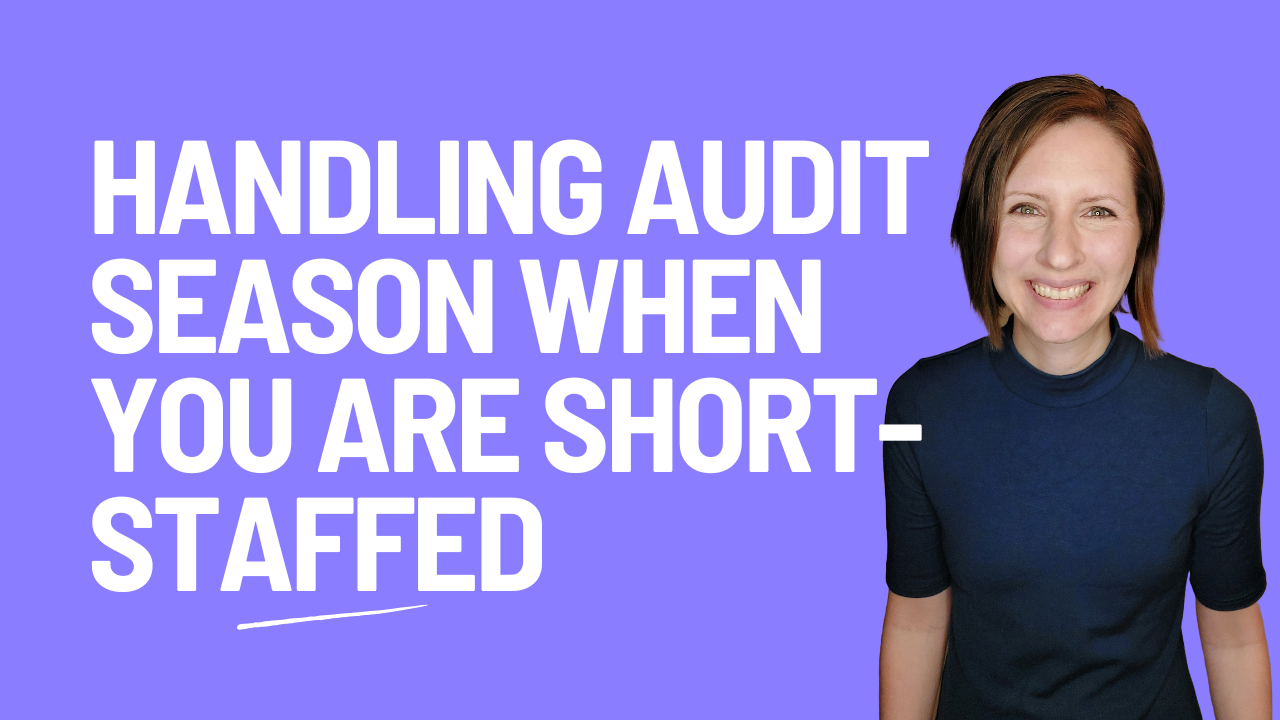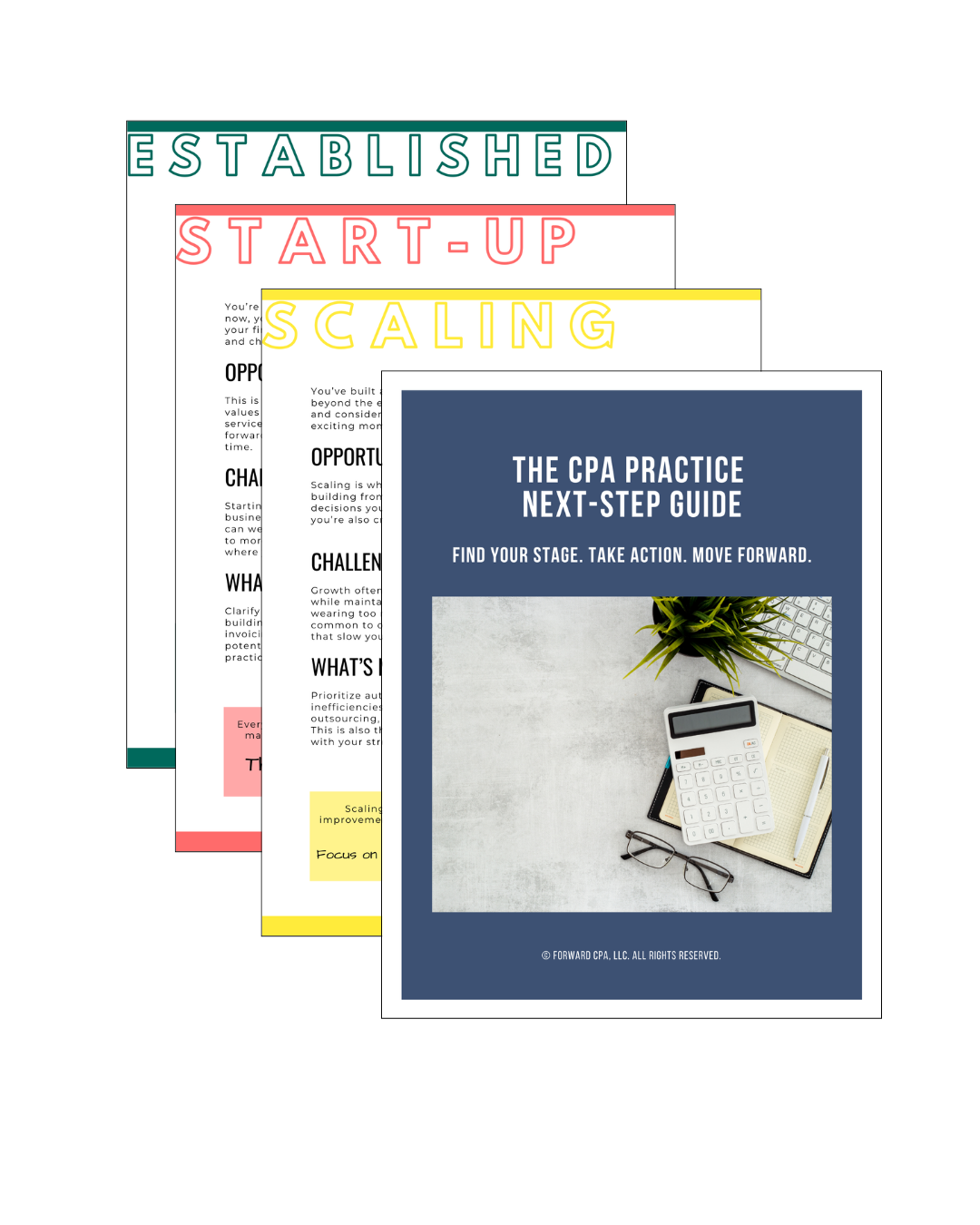The Most Overlooked Piece of Audit Prep: Your Internal Controls Walkthrough
Aug 15, 2025
When most people think about preparing for an audit, they focus on the numbers:
✔ Trial balance? Finalized.
✔ Bank recs? Uploaded.
✔ Capital asset list? Ready to go.
But there’s one part of the audit that often gets overlooked—until the auditor starts asking questions you didn’t expect:
Your internal controls walkthrough.
This isn’t just another checklist item. It’s a key piece of how the auditor assesses risk, determines procedures, and forms their opinion.
And when you’re not ready for it, it can slow down the audit—or create findings that could have been avoided.
Here’s what you need to know—and how to prepare.
What Is an Internal Controls Walkthrough?
During the audit, your auditor is required to understand your internal control processes over financial reporting and compliance. That includes:
-
Who initiates and approves transactions
-
How duties are separated
-
What checks are in place to prevent or detect errors
-
What documentation supports these controls
The walkthrough is the auditor’s way of confirming that your processes match what’s documented—and that the controls are actually in place.
They’re not just asking what happens.
They’re tracing it—step by step.
Why It Matters
Even if your financials are accurate, weak or undocumented controls can lead to:
-
Audit findings (like material weaknesses or significant deficiencies)
-
Extra audit testing
-
Delays during fieldwork
-
Increased audit costs
-
Challenges during peer review (for your auditor)
If your controls are strong but your documentation is weak, you could be flagged for something that’s actually working well—just not clearly explained.
Common Areas Auditors Walk Through
You don’t need to prepare for every process—just the ones that affect financial reporting and compliance. These are the most common:
✅ 1. Cash Disbursements
-
Who enters invoices?
-
Who approves payments?
-
How are payments reviewed before processing?
-
Is check signing or electronic access limited?
✅ 2. Payroll
-
Who prepares payroll?
-
Who reviews timecards or hours?
-
How are payroll changes authorized?
✅ 3. Receipts and Deposits
-
Who receives incoming funds?
-
Who deposits them?
-
Are receipts reconciled to the GL?
✅ 4. Journal Entries
-
Who initiates journal entries?
-
Who approves them?
-
Is there documentation for each?
✅ 5. Federal Programs (if applicable)
-
How are grant requirements tracked?
-
Who monitors drawdowns and allowable costs?
-
How is compliance documented?
How to Prepare
You don’t need fancy flowcharts—just clear documentation and the ability to walk your auditor through a transaction from start to finish.
✅ Do This:
-
Write down your process for each area listed above (a paragraph or bulleted list is fine)
-
Identify who performs each role and any separation of duties
-
Save blank copies of key documents (invoice forms, timesheets, journal entry logs)
-
Be ready to walk through a real transaction—including who reviewed it, when, and how
Bonus: If you have staff turnover or gaps in segregation of duties, be honest about it—and show what compensating controls are in place (e.g., supervisor review, board approval).
Controls Don’t Have to Be Complicated—They Just Need to Be Clear
Your internal controls walkthrough isn’t just an audit formality—it’s a chance to demonstrate how seriously your organization takes accountability and accuracy.
When you’re prepared, your auditor can complete their testing faster, reduce follow-up questions, and avoid surprises in the report.
Start small. Write out one process this week.
Build a folder of supporting documents.
And walk into your next audit with confidence—not confusion.
Your Next Step Forward
Join the newsletter designed to help CPAs take the next best step in building a practice they love, with practical insights, game-changing tools, and quick wins in every email.
We hate SPAM. We will never sell your information, for any reason.




